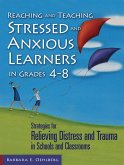
14,83 €
inkl. MwSt. und vom Verlag festgesetzt.
Sofort per Download lieferbar
eBook, ePUB
20. Oktober 2015
Simon + Schuster LLC
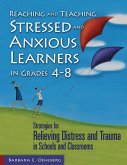
Broschiertes Buch
Strategies for Relieving Distress and Trauma in Schools and Classrooms
6. Januar 2006
Corwin
Ähnliche Artikel
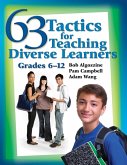
14,83 €
inkl. MwSt. und vom Verlag festgesetzt.
Sofort per Download lieferbar
eBook, ePUB
15. September 2015
Simon + Schuster LLC
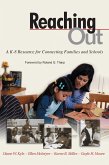
10,87 €
inkl. MwSt. und vom Verlag festgesetzt.
Sofort per Download lieferbar
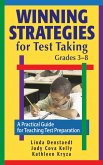
8,89 €
inkl. MwSt. und vom Verlag festgesetzt.
Sofort per Download lieferbar
eBook, ePUB
1. Februar 2012
Simon + Schuster LLC
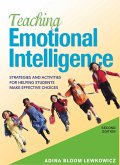
14,83 €
inkl. MwSt. und vom Verlag festgesetzt.
Sofort per Download lieferbar
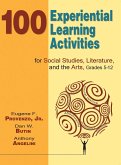
14,83 €
inkl. MwSt. und vom Verlag festgesetzt.
Sofort per Download lieferbar
eBook, ePUB
15. September 2015
Simon + Schuster LLC
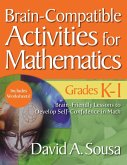
12,85 €
inkl. MwSt. und vom Verlag festgesetzt.
Sofort per Download lieferbar
eBook, ePUB
24. Januar 2017
Simon + Schuster LLC
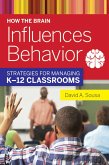
12,85 €
inkl. MwSt. und vom Verlag festgesetzt.
Sofort per Download lieferbar
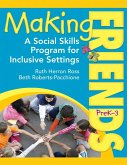
11,86 €
inkl. MwSt. und vom Verlag festgesetzt.
Sofort per Download lieferbar
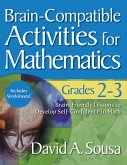
12,85 €
inkl. MwSt. und vom Verlag festgesetzt.
Sofort per Download lieferbar
eBook, ePUB
24. Januar 2017
Simon + Schuster LLC
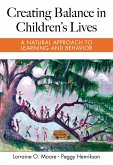
22,74 €
inkl. MwSt. und vom Verlag festgesetzt.
Sofort per Download lieferbar
Ähnlichkeitssuche: Fact®Finder von OMIKRON
